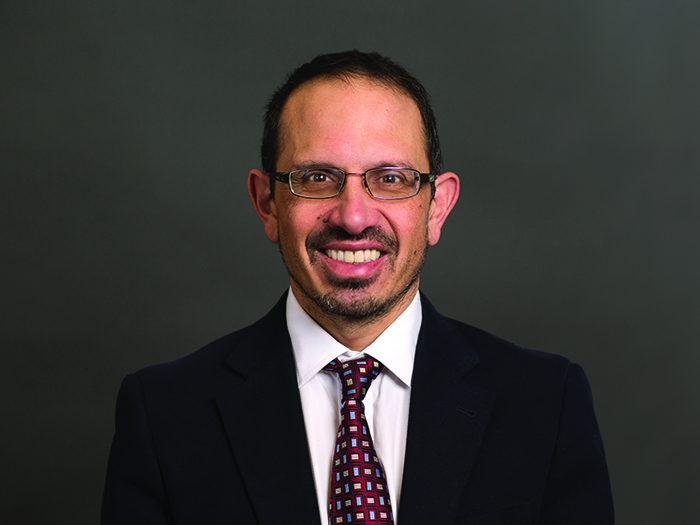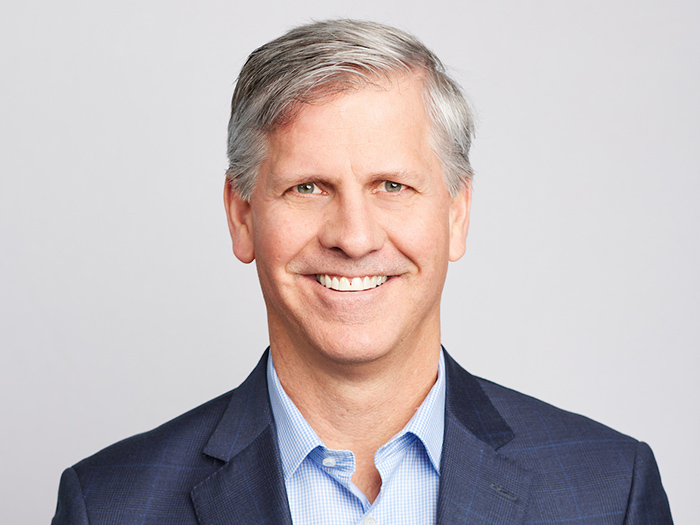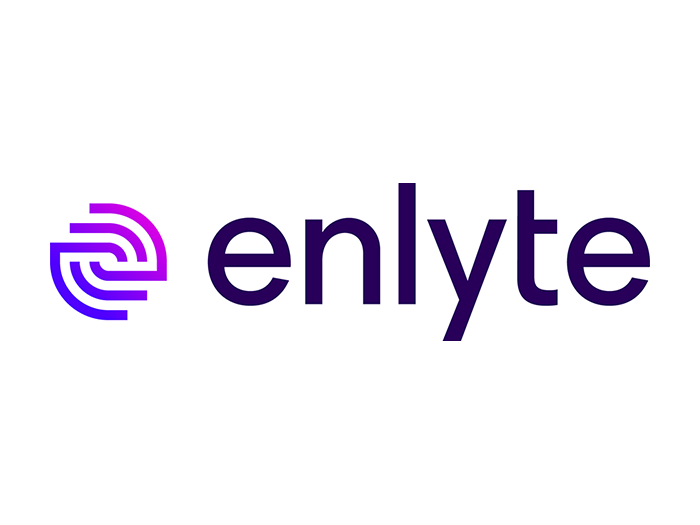Making Coverage a Sure(ty) Thing: Meet Karl Choltus of Brown & Brown

Karl Choltus has made it part of his brokering mission to help educate his clients — and even his clients’ clients — on the benefits of surety bonds.
“About six years ago, I realized that renewable energy would one day become a large source of [power],” said Choltus, managing director and national surety practice leader, specialty risk at Brown & Brown.
“This year, it is expected to represent 50% of all power generation. Renewable developers have complex financial statements and organizational structures, and surety bonds were not a common form of security used in that sector. The challenge was to create surety bonds for an industry segment where cash or letters of credit were historically used and accepted.”
Educating on Surety
Surety, he said, is a contingent liability; not a debt.
Getting utilities companies to accept surety bonds as an option was challenging, but for Choltus’ power generating clients, he knew this surety push would improve their balance sheets.
He took it all in stride.
“To get surety accepted by the utilities, which take delivery of power from my clients, the generators, it helps to improve my clients’ balance sheets, because they have to guarantee delivery of power to the utilities,” he said.
Given the structure of those energy agreements, it was utilities that determined whether to accept surety bonds, because they are the beneficial obligees.
That put Choltus in the unusual position of talking directly to his clients’ clients and also having to overcome other hurdles.
“The initial resistance of utilities to surety bonds was a combination of the contract language as well as optics that surety bonds were difficult to obtain payment on in the case of claims,” Choltus said.
“The typical use for surety by utilities has been guaranteeing construction projects, and many utilities had experienced difficulties in the claims process when sought payment for a construction default.
“An important part of my work has been to develop new bond forms,” Choltus continued, “and then to demonstrate to obligees that these new forms are much more liquid and look more like letters of credit, which utilities view as cash security. We focused on education and getting the utilities to evaluate the bond forms on their own merits rather than historic forms and their experiences with them.”
The use of surety in renewable energy is very different, Choltus emphasized.
“These are commercial surety obligations. Acceptance of new bonds has been one at a time, project by project, obligee by obligee. Getting the first one approved is the hardest. Each one after that is then a little easier.”
The Wins Keep Coming
Not that Choltus set out to change the world’s view of surety, but by breaking the bonds of the construction silo, he has opened other applications and emerging markets as well.
“There are also decommissioning obligations for wind and solar projects providing assurance to public jurisdictions that farms would be removed at a later date,” said Choltus.
“Those opportunities have been very successful for Brown & Brown, because it is not an area in which surety brokers usually work.”
Choltus and his firm initially identified a risk management need in one sector that could be addressed using existing tools in new ways. Out of that is developing what could be an expansive practice.
“We are asking the questions now about how do we increase acceptance and use,” he said. “How do we normalize and socialize a more expansive understanding of surety?”
As an example of the new ways surety bonds are being used, Brown & Brown has developed new forms with module suppliers of solar panels whereby the bond guarantees payment for the product thereby replacing the need for a letter of credit for the down payment.
“That is the kind of socializing I am talking about in terms of wider understanding and acceptance of surety,” Choltus said. His efforts have earned him a 2022 Power Broker win in Renewable Energy.
A History of Surety
Originally from Montreal, Choltus studied finance and international business at Concordia University. He worked for the global banking firm HSBC and then started in surety with Chubb in Canada.
In 2003, he had a complete change of geography and moved to the U.S. with Marsh.
Though Choltus has worked in the surety sector for most of the last two decades, he did spend a few years working for a client in the construction industry. That experience allowed him to work with current clients developing new uses for surety.
Choltus has been with Brown & Brown for seven years. As national surety practice leader, Choltus has 10 people reporting to him across the U.S. All of his clients are based in the U.S., though some have international obligations.
That said, his Canadian roots are serving him informally today.
“A lot of renewable energy projects in the U.S. are getting backing from Canadian pension funds,” Choltus explained. “So we work with many different entities in Canada.”
Mentorship Matters
One of his early mentors was a former colleague, Mark McKay, who is now CEO of Highcourt Breckles, an insurance agency in Toronto.
Choltus also reads extensively and considers several authors mentors. Those include Tim Harford, an economist from the UK who has written several books about statistics, including “The Data Detective.” Another is Daniel Kahneman, a behavioral psychologist who wrote “Thinking Fast and Slow,” Matthew Syed, author of “Black Box Thinking.”
Paying it forward, Choltus has established a mentor program in his office with a focus on the more recondite skills necessary for success, including “how to manage your emotions, how to respond to email messages professionally, and how to write well,” he said.
Even with all that work, Choltus makes time to play hockey twice a week. He is also an avid cyclist, with several different bikes for on- and off-road. He met his wife, a native Oregonian, in Portland. They have two sons, one 25 and the other 13. &










